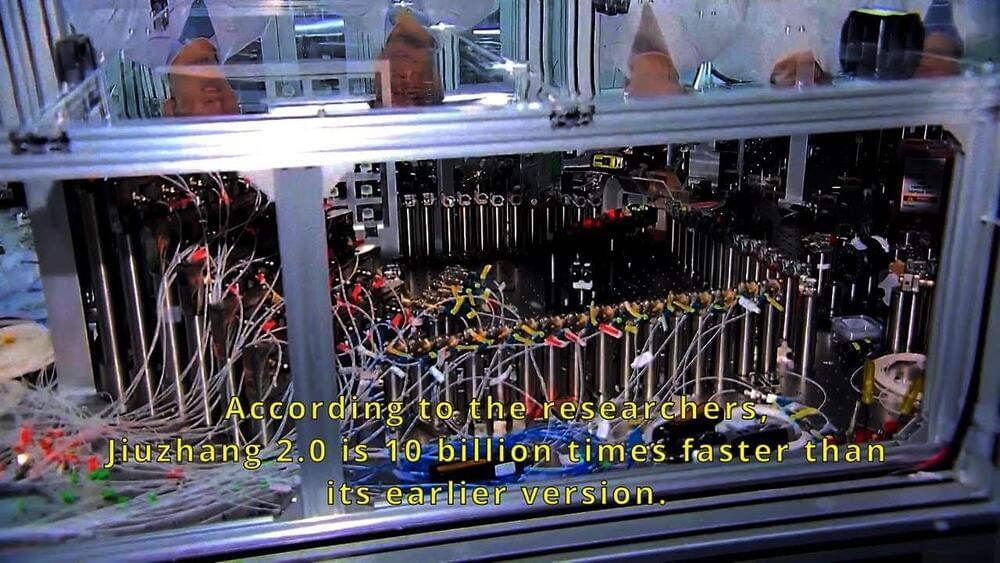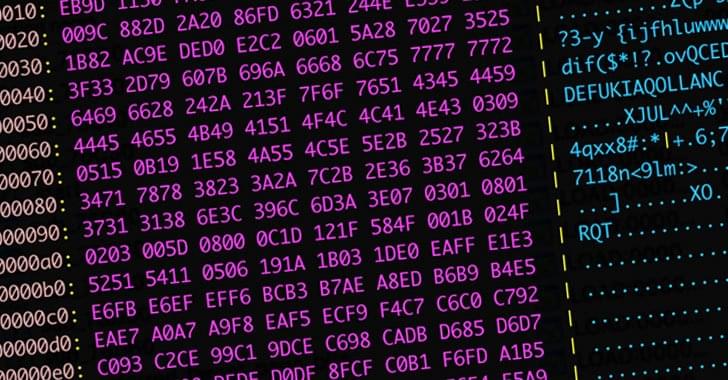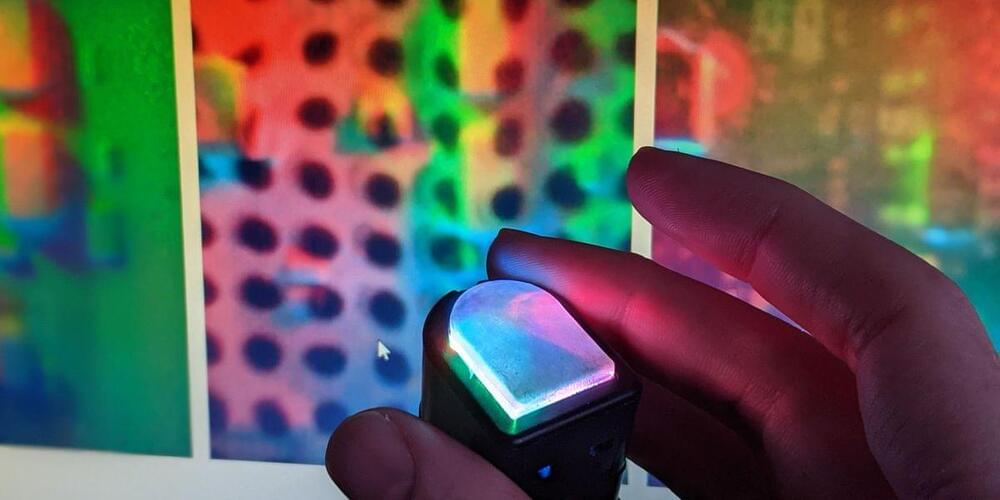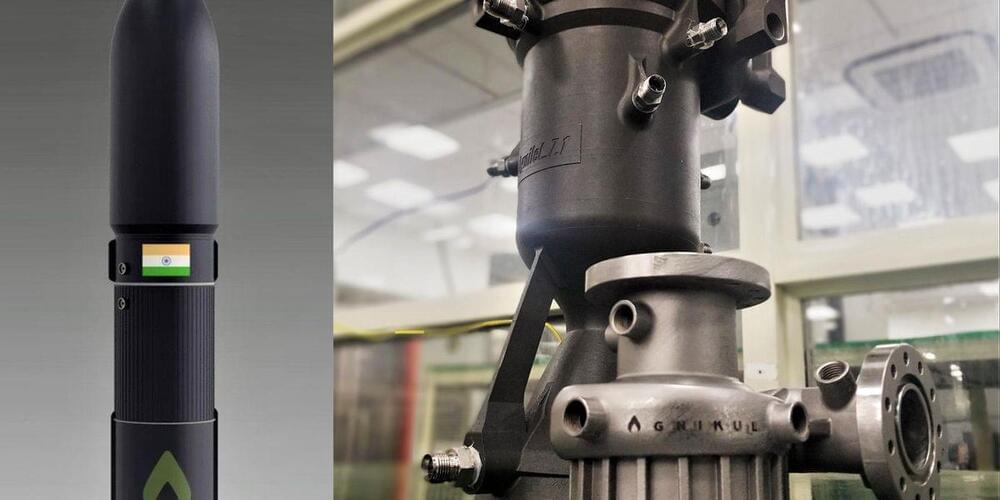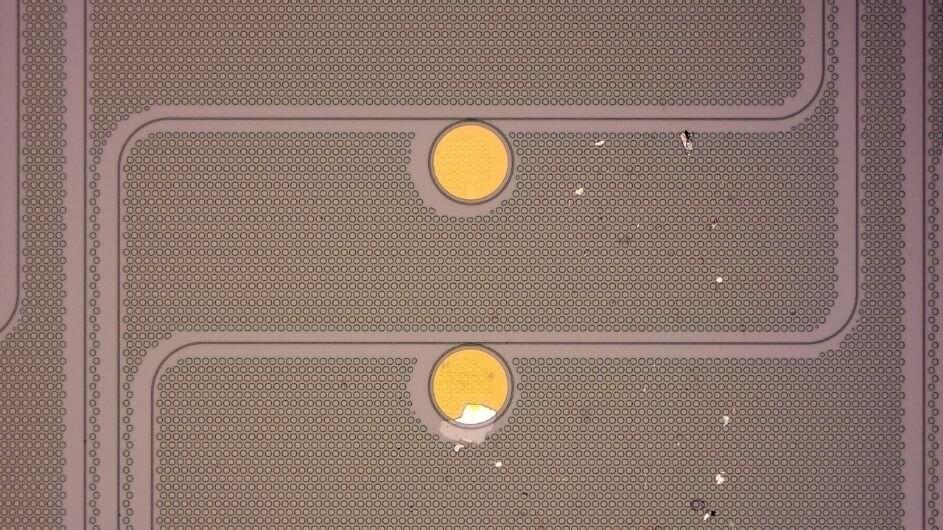Nov 2, 2021
The Jiuzhang 2.0 Photonic Quantum Computer
Posted by Saúl Morales Rodriguéz in categories: computing, particle physics, quantum physics
The research team lead by professor Pan Jian-Wei has upgraded their photonic quantum computer, demonstrating in a new published study phase-programmable Gaussian boson sampling (GBS) which produces up to 113 photon detection events out of a 144-mode photonic circuit. According to the researchers, the Jiuzhang 2.0 Photonic Quantum Computer (九章二号) is 10 billion times faster than its earlier version. The study “Phase-Programmable Gaussian Boson Sampling Using Stimulated Squeezed Light” was published in the journal Physical Review.
Credit: China Media Group(CMG)/China Central Television (CCTV)
